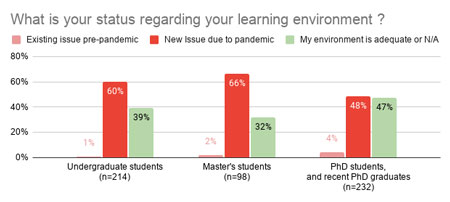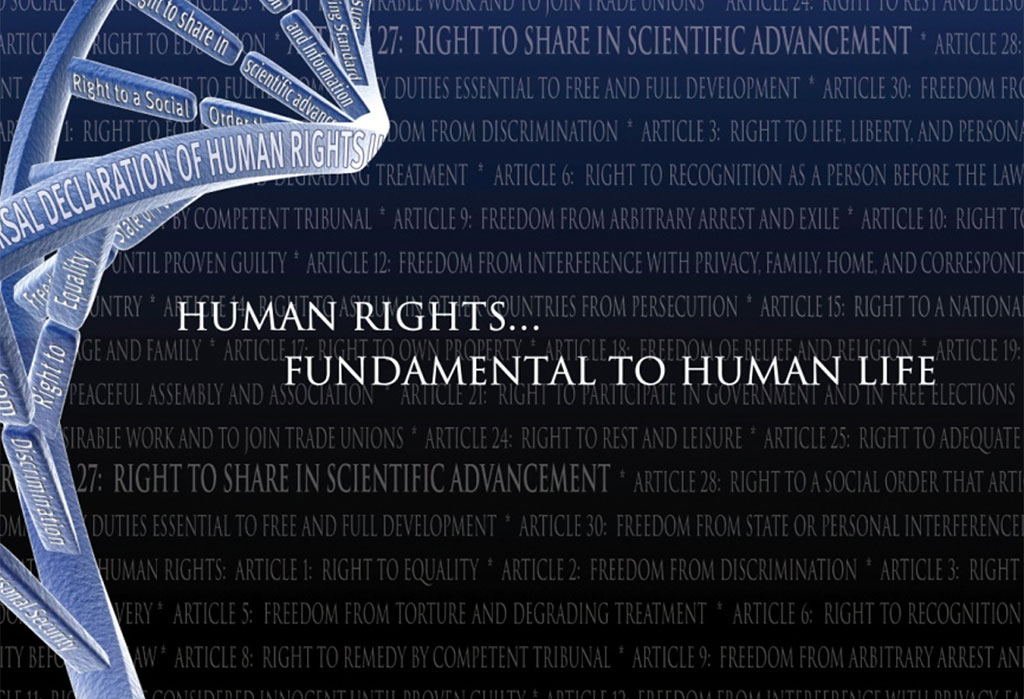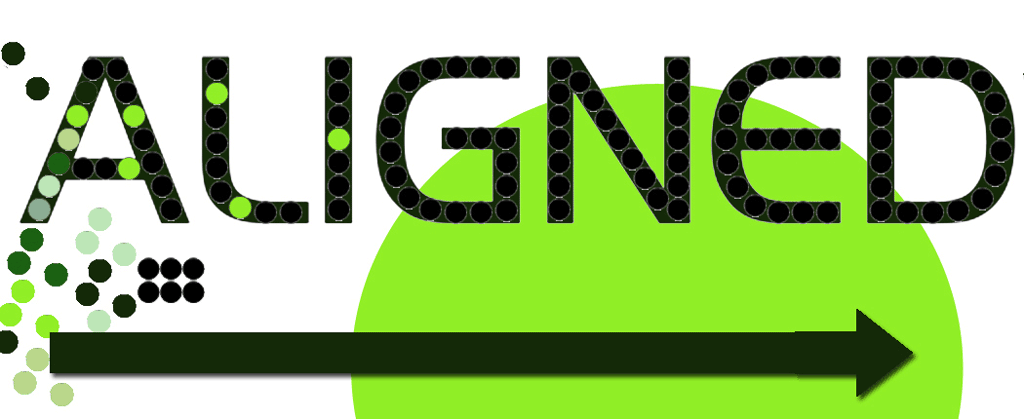Bridging the Digital Divide

Tomorrow’s Geographers Need the Best Tools Now
The Bridging the Digital Divide (BDD) program was created in mid-2020 by the American Association of Geographers, to quickly address the technology needs of geography students at minority-serving institutions, as COVID-19 disrupted their learning environments. In 2020, BDD provided $238,000 in equipment and software assistance to faculty and students at 23 institutions, including 8 Tribal Colleges and Universities (TCUs), 14 Historically Black Colleges and Universities (HBCUs), and 1 predominantly Black institution.
“Now, because of AAG’s Bridging the Digital Divide Initiative, impacts of the global pandemic may better be met by our department in the months and even years to come….The gesture truly creates a win-win situation for Morgan State University, other HBCUs, and other minority-serving institutions invested in making geography an indispensable component of our liberal arts endeavors.”
— Mark Barnes, Associate Professor, Department of History, Geography, and Museum Studies, Morgan State University
The COVID-19 crisis aggravated a longstanding problem for students of color, for whom access to technology is a career-threatening challenge. In partnership with Esri, AAG is continuing the BDD program to close this critical access gap for geography students who are Black, Indigenous, and People of Color (BIPOC). Help us create a future in which the next generation of geographers is more representative of the places and people where geography’s most crucial work is located.


An AAG survey of student members this year showed how COVID-19 has affected their learning environment and access to technology. Students of color have experienced these effects even more acutely, due to inequities that existed before COVID-19.
BDD’s first round of equipment grants in 2020 helped students in more than 95 geography courses gain access to laptops, internet connections, software, and other equipment, while also enabling a few faculty to offer socially distanced classroom and fieldwork experiences through the use of advanced technologies such as virtual reality (VR) headsets and action cameras.
Your Support Makes All the Difference
As AAG prepares for the second phase of this program, we are seeking out additional institutional partners to continue to grow the initiative. We also rely on the support of our 12,000 members worldwide—geography instructors, faculty, students, and professional geographers in the public and private sectors—to help us secure greater access to the critical tools of learning for the next generation of BIPOC geographers. Even if you can only give a small amount, your support helps us demonstrate our members’ commitment to this initiative, which is vital to attract greater support from partners.
“
Minority-serving institutions, including TCUs, are up against some of the biggest challenges we have ever faced. Although food security, financial stability, and academic preparedness are issues that the TCUs have always faced, COVID-19 has exacerbated those issues and also created additional concerns of isolation and lack of connectivity. With $10,000 from the Bridging the Digital Divide fund, we purchased laptops, webcams, wifi, Microsoft Office, and ArcGIS licenses. With additional funding, we could purchase more …”
— Mandy Guinn, Environmental Science Chair, United Tribes Technical College
As campuses enter into a new era of belt-tightening, we can anticipate the effects of the COVID-19 pandemic to hamper many students’ access to technology—adding to decades-long racial disparities. We count on our members and partners to help us realize the vision for a level playing field for young geographers of colors, enabling them to access the tools they need to succeed.
BDD is part of AAG’s Rapid Response to COVID-19 which is dedicating nearly $1 million in Council-designated funding from AAG’s reserves to help support and stabilize the geography discipline during the COVID-19 crisis, while also addressing long-standing systemic issues and inequities that have been exacerbated by the pandemic. Equitable access to equipment and connections is but one such issue, yet it is one that we know can be remedied immediately with resources.




